Queensland family and local history resources
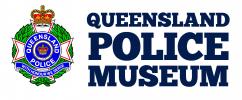
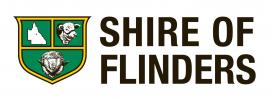

There are thousands of resources that you can find on Trove when researching your local or family history in Queensland. We spoke with 3 of our Queensland-based Trove Partners to learn about their valuable collections. Read on to learn about these fascinating and unique collections and discover a few of the different resources available on Trove.
Historical collection from the Queensland Police Museum
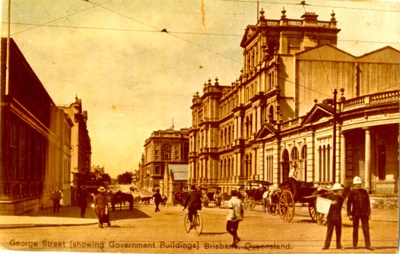
The Queensland Police Museum holds an eclectic range of items with objects extending from the 1890s and images dating back to the 1860s. The digitised and physical collection holds information on police officers, First Nation trackers and troopers, police stations, crimes, criminals, and other related information. Family and local history researchers will find value in these collections, documenting people and events from the past. The police service records, may be of particular interest to family researchers.
Curator Lisa Jones from the Queensland Police Museum spoke about the Museum’s collections:
'We can help people find their relations who were police officers and those who were the black sheep of the family. We have given information to people enquiring about the history of the police station which they have now acquired to live in as their home. Basically, any query relating to the history of policing in Queensland is within our scope to answer. Most of our enquiries come via email and then if the enquiry involves looking through our archives, we have them make an appointment.'
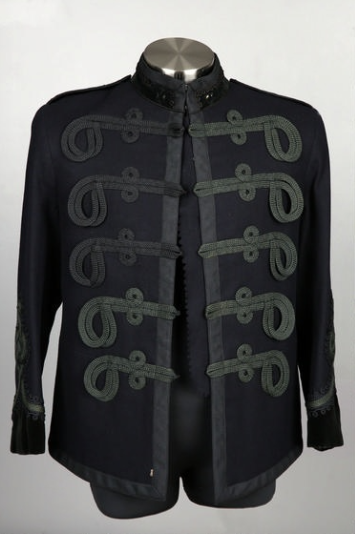
Highlights from the collection, include police boots from 1916 and the police commissioners dress tunic. Researchers can also find pieces of evidence with fascinating stories. For example, the stuffed dog that helped to put a murderer away.
'Personally, I have always found the personal items to be the most interesting like medallions, or illuminated addresses given by community members to the police officer serving in their town,' Lisa said.
'These items serve to show the relationships between police officers and the communities they service and the importance of that, along with the comradery amongst police officers.'
The medallion given to Sergeant Quilter by his Hemmant Friends in 1904 tells its own unique story. Sergeant Quilter was only stationed in Hemmant, Brisbane for 2 years but clearly made an impression. Or, have a look at the ornate 9ct gold medallion which was presented to Constable Michael Thomas Healy by his colleagues in 1909 as a token of respect. Constable Healy also received a Medal for Merit for rescuing someone from serious injury as they attempted to board a moving train at Stanthorpe Railway Station in 1915.
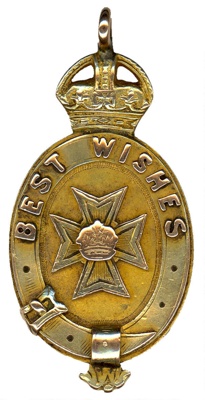
Historical photographic collection from Flinders Shire Council
Flinders Shire Council holds a historical collection of photographs, artefacts, archives and audio from the local district. This district includes the townships of Hughenden, Prairie, Torrens Creek, Stamford, and pastoral stations in the area.
Part of this historical collection is the Flinders Historical Photographic collection. The photographic collection held by Flinders Shire Council contains images that showcase the district, early settlement, people, businesses, buildings and events of Flinders Shire. The collection dates back to 1887 with the oldest image being a reproduced wedding portrait.
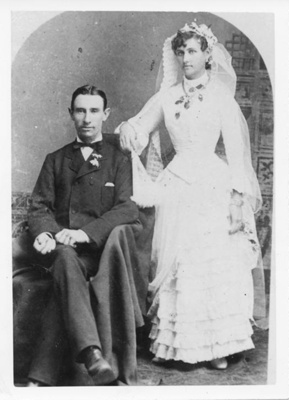
This collection started in 2011 when the Hughenden District Historical Society donated almost 900 photos. Since this time, the collection has grown through the generosity of the local community and donations to expand the society’s image archive. Erin Kinchela, Community Services Manager from Flinders Shire Council shared:
'Our Historical Photographic Collection is the result of a kind and generous donation of our local Historical Groups. As the group experienced volunteering downturn due to an aging population, they had highlighted the importance of capturing these images and making them accessible for the community and wider public to enjoy. We also put a public call out into the community for any donations. We regularly see the community contributing pieces and images. The result is a collection of over 1000 images, showcasing the district, early settlement, people, industry, businesses, building and events of the Flinders Shire.'
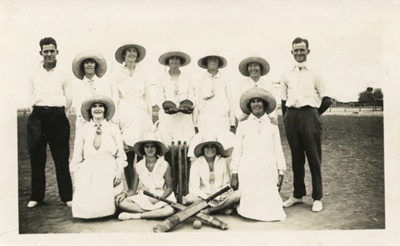
Within the collection is a large variety of themes including early settlement and development, railway, people and families, military service, events, First Nations communities, agriculture and rural history, businesses, streetscapes and buildings. This collection continues to grow every day and is increasing access to local and family history resources for the area. Take a look.
Historical collection including the Daintree photographic collection from the Queensland Museum
The Queensland Museum documents the history of the State’s natural and cultural heritage. Their collection holds more than 15 million items across 4 Queensland campuses and includes the Collections and Research Centre at Hendra.
The Queensland Philosophical Society commenced in 1859. Three years later in 1862 the Queensland Museum was founded with collection items inherited from the Society. Since then, their collections have only grown. Dr Liz Bissell, Senior Curator, Queensland Stories at Queensland Museum describes the Cultures and Histories collection:
'Objects help document how people react to changes as dramatic as epidemics and war, to environmental stress and cultural differences. At the heart of our collection is the material culture of First Nations people, connecting the deep history of the continent with contemporary life in Australia today. We actively collect across the State, focusing on contemporary issues such as sustainability and climate change, as well as previously marginalised or underrepresented stories from women and the migrant and LGBTQ communities.'
One of their many valuable collections for family and local history researchers is the Daintree photographic collection. Richard Daintree worked as a geologist, explorer, photographer, exhibition aficionado, Agent-General for Queensland, and early advocate for a State Museum in Queensland, from 1832 to 1878.
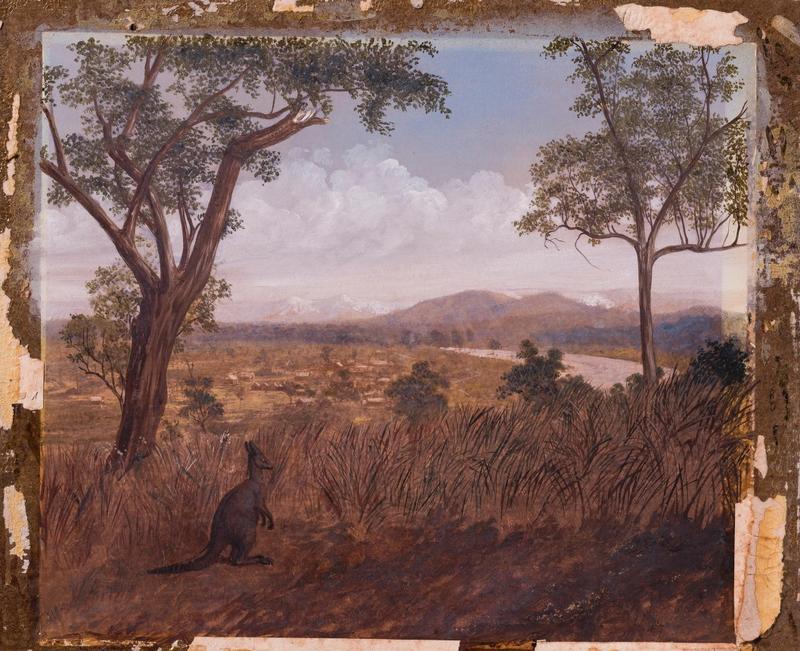
Daintree’s photographic collection contains 233 landscape photographs and is one of the few surviving historical records of early settler life in Queensland. This is not the only collection that Daintree donated to the museum. In fact, he donated items to the Queensland Museum even before they were formally recognised as a museum.
'He [Daintree] was instrumental in the early development of the Queensland Museum and achieved national and international importance as a promoter of the State. Daintree’s landscape and geology images are outstanding examples of art and present a vivid picture of early colonial settlement in Queensland.'
The Queensland Museum’s online collection can be found via their website with selections available through Trove.
More resources
- Brisbane City local history collection
Explore Brisbane’s family and local history through their local history collection, including their Brisbane images collection which includes images from 1850 to now. - Bundaberg Heritage collection
Explore cemetery registers, pictures collection, stories and more for Bundaberg. - Gympie Region local history collection and resources
Included in these resources is their Then & Now website which visually compares images for local areas in history with more recent images of the area. - Monument Australia (QLD) collection
A collection of war memorials and honor rolls with family names. - Moreton Bay Region Libraries collection
This collection includes oral histories, photographs, newspapers, journals and much more to explore. - Heritage Noosa
Their local history collection, particularly their photographic collection, is large and covers a range of information. Check out some of them available through Trove. - Townsville Maritime Museum collection
Containing artifacts and images from the Townsville area.
Find more guides
We’re creating family and local history resource guides for each State and Territory of Australia. See our guides for: